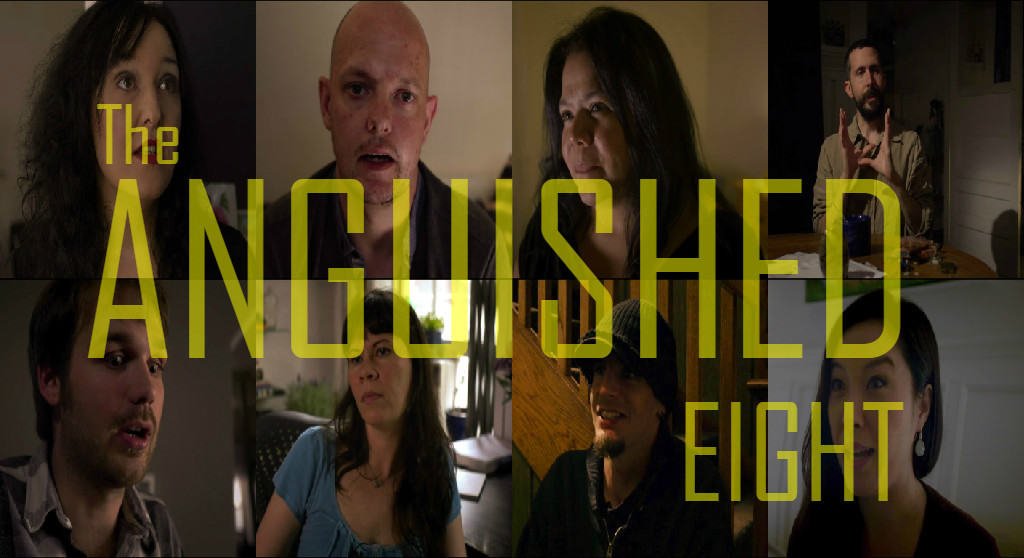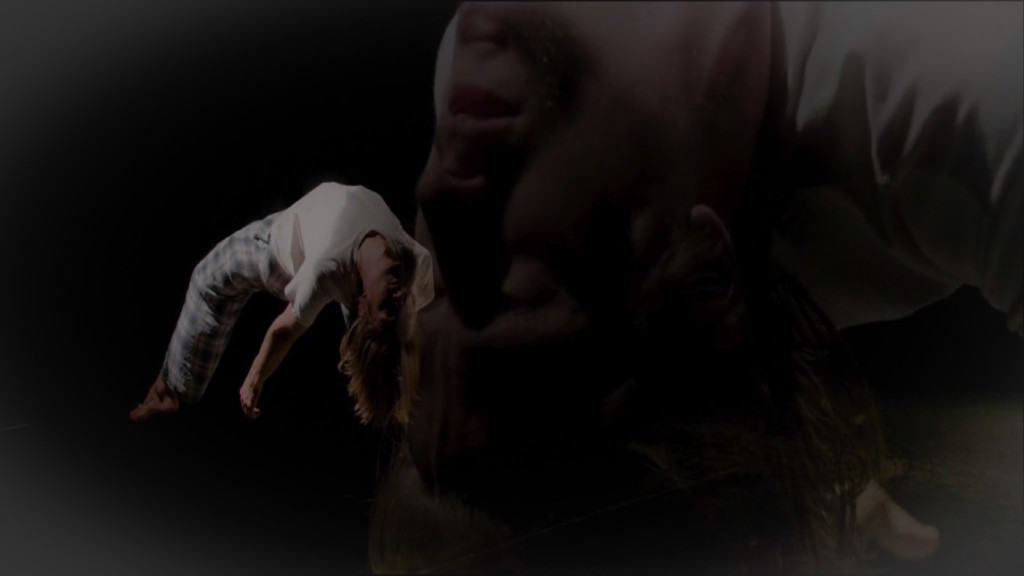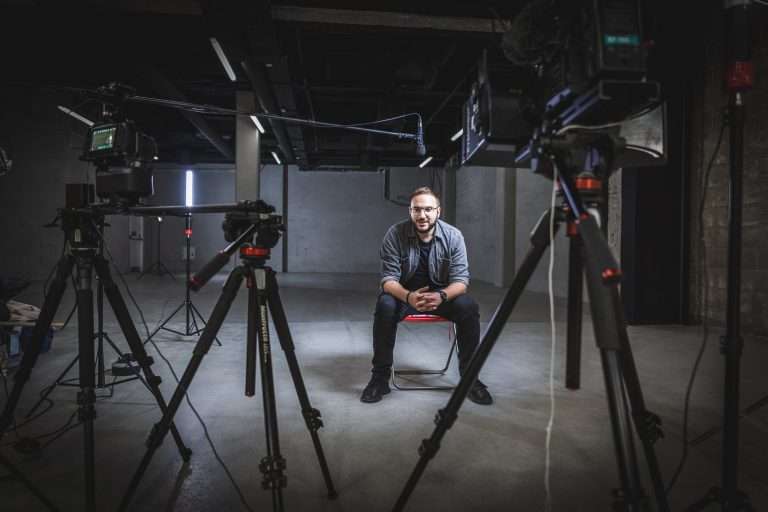I firmly believe that only a documentary can capture horror in its purest form. Most of the horror movies draw upon ghostly figures, demonic entities, spooky environment, and sudden movements to evoke horror, but is it really scary? What makes horror-documentaries terrifying in true sense is their entrenchment with reality. Nothing is more horrific than the prospect of truth. For instance, who wouldn’t be petrified by a harrowing portrait of Nazi camps in Night and Fog (1955) or hellish chambers of slaughterhouse exposed in Blood of the Beasts (1949)? In The Act of Killing (2013), Joshua Oppenheimer elevated horror to a new level by re-staging the barbarous carnage of Indonesian paramilitary organization. Rodney Ascher does something similar in his latest documentary The Nightmare, he re-enacts the nightmares of various people, as they recount their experiences of sleep paralysis. The result is something fascinating and unsettling in equal measure.
Movies of Rodney Ascher are characterized by obsessiveness. His first feature documentary Room 237 presented some wacky fan theories about Kubrick’s masterpiece of modern horror – The Shining. His documentaries are multi-perspective inquires on highly unconventional subjects. This time the subject is ‘Sleep Paralysis’, a strange condition of sleeping state, in which everything shuts down except consciousness. In this transient paralyzed state, subjects are confronted by severely traumatic hallucinations. Ascher is least interested in educating us. He doesn’t delve into the science of sleep paralysis. His approach is rather simplistic; he interviews eight different people suffering from this sleep disorder and re-creates their creepy nightmarish visions.
Although the movie revolves around ‘The Anguished Eight’, the main character of the movie is Darkness. Nightmares of all victims are quite distinct, and yet there is a common link. They all felt a strong presence of an entity, which they describe as ‘Shadow Man’, a generic shadow outline in 3-D form. Some of the visions also acknowledge the presence of an authoritarian figure known as ‘The Hat Man’, the leader of the league of shadows (literary). The problem here is, Ascher plunges this menacing existence of shadowy darkness onto viewers and he just stops there. What film lacks is a proper examination to make it look convincing. There are few movie and art references thrown here and there, to fortify this theory, but they seem too superficial to make a cogent explanation. According to one such reference, Freddy Krueger from A Nightmare on Elm Street is just an overtly dramatic representation of ‘The Hat Man’.
Similar to The Nightmare – ALIENS OF THE DEEP [2005] REVIEW: THE SEARCH FOR LIFE BEYOND BEGINS BELOW
The most fascinating aspect of this movie is the re-creation of nightmares; they are very vivid and articulate. It’s not easy to capture the dread, especially when it takes place only inside of the mind, in the subconscious. The visual technique employed here is amply effective. In one of the most spine tinglingly striking scenes, an infant is sleeping in a crib and two alien-like anthropomorphic figures are tickling him, while he is paralyzed. Some nightmares include a three-jaw claw squashing penis, eight feet tall life-threatening shadow and a demonic thing sexually imposing itself on a sleeping lady. The subjects not only felt the presence of these dark entities but sometimes they would communicate too.
The notion of sleep paralysis is a troubling one. It has often been confused with seizures induced by mental trauma. But it is never explained in the movie what exactly triggers this condition. All we see is eight people describing their encounters with darkness and how this hideous sleep problem took a toll on their lives. Psychiatrists have always associated this phenomenon with lifestyle because they’ve no real answer for it. In most of the cases, victims of sleep paralysis aren’t taken seriously, even when they’re petrified. Symptoms of this condition are identifiable, i.e. feeling heavy pressure on the chest, difficulty in breathing, sweating, and sudden body movements. The Nightmare also provided few insights into mechanisms of avoidance, from the first-hand experience of people involved. When a woman confesses that she relieved herself from sleep paralysis by adopting Christianity, I couldn’t help but scratch my head. In another case, a guy attempts to cope up with night trouble by keeping multiple TV sets on during his sleep.
Another problem with The Nightmare is the authenticity of testimonial. The entire movie relies on experiences shared by eight interviewees, but what if they’re not genuine and making it all up to sound interesting? Maybe they are genuine but Ascher exaggerated it to amplify the terror. Even if everything is authentic, what would a person, suffering from sleep paralysis gain from this movie, that he already didn’t know?
The Nightmare lays all the dots in the right places but somehow fails to connect them. Nonetheless, it is one of the most intriguing horror movies of recent times that should be seen for its freakishness.



![Rome, Open City [1945] Review – A Powerful Lament on the Quiet Defiance of War-Afffected Italians](https://79468c92.delivery.rocketcdn.me/wp-content/uploads/2020/01/Rome-Open-City-1945-768x432.jpg)



![I, Daniel Blake [2016]: A Poignant Social-Realist Drama](https://79468c92.delivery.rocketcdn.me/wp-content/uploads/2017/02/I-Daniel-Blake-cover-768x468.jpg)
